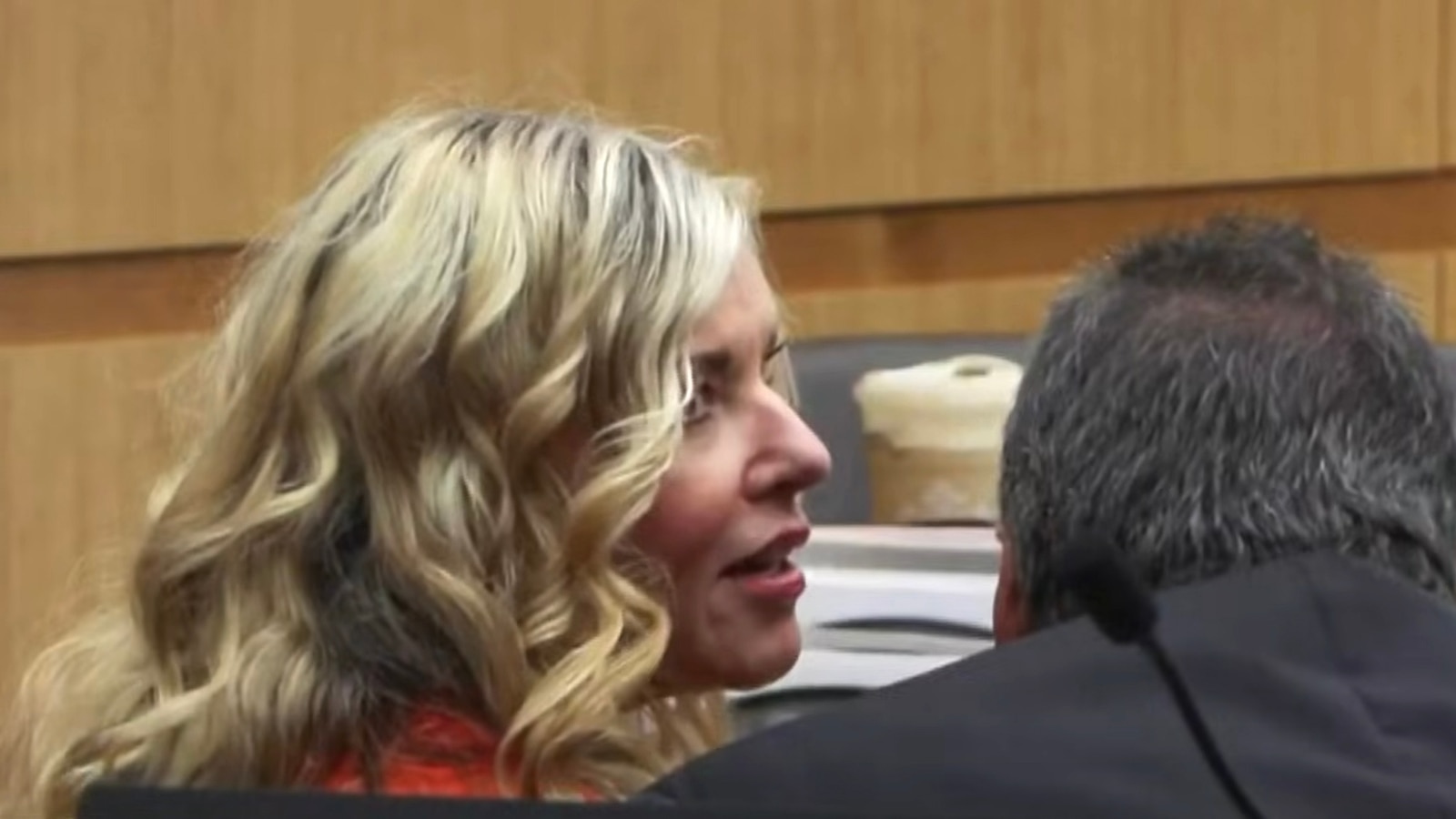What Happened
On June 11, 2025, a significant anti-Immigration and Customs Enforcement (ICE) protest took place in Seattle, beginning at Cal Anderson Park on Capitol Hill and later moving downtown. The demonstration was part of a broader national movement against federal immigration enforcement, coinciding with reports of increased ICE activity across the country. The protest disrupted downtown traffic, leading to road closures and warnings from city officials for drivers to seek alternate routes.
During the protest, tensions escalated when a firework was reportedly thrown at police officers, prompting a response that included the deployment of flashbangs and the detention of at least one individual. Witnesses described a chaotic scene, including a dumpster fire and a stampede as protesters reacted to the police’s actions. Seattle Mayor Bruce Harrell publicly stated that the city would not cooperate with ICE, emphasizing the importance of protecting vulnerable populations and adhering to state laws that limit cooperation with federal immigration enforcement.
Key Details
- Date and Location: The protest occurred on June 11, 2025, starting at Cal Anderson Park and moving to downtown Seattle.
- Participants: Approximately 500 demonstrators were reported to have participated in the protest.
- Police Response: Seattle police used flashbangs to disperse the crowd after a firework was thrown at officers. At least one person was detained.
- Mayor’s Statement: Mayor Bruce Harrell confirmed that Seattle would not cooperate with ICE operations, aligning with state law that restricts such cooperation.
- Future Protests: Additional protests, termed “No Kings” rallies, are planned for June 14, 2025, coinciding with similar demonstrations across the country.
Multiple Perspectives
The protest has drawn a range of responses from various stakeholders. Supporters of the demonstration argue that it is a necessary expression of dissent against federal immigration policies, particularly in light of reports of increased ICE activity and the deployment of National Guard troops to assist in these operations. Advocacy groups have framed the protests as a means to protect immigrant communities and uphold civil rights.
Conversely, some local residents and commentators have expressed frustration with the choice of location for the protests, suggesting that demonstrations should occur closer to ICE facilities rather than in residential neighborhoods. There are concerns that the protests attract individuals who may engage in violent or destructive behavior, which detracts from the intended message of the demonstrations.
Seattle Police Chief Shon Barnes has indicated a desire for a more measured approach to handling protests, advocating for better communication with the community and a focus on minimizing violence. However, the police response during the protest, including the use of flashbangs, has been criticized by some as excessive.
Context & Background
The protests in Seattle are part of a larger national narrative concerning immigration enforcement and civil rights. The Trump administration’s policies on immigration have sparked widespread protests across the United States, with cities like Los Angeles becoming focal points for demonstrations against ICE. Seattle’s history of activism, particularly in response to federal policies perceived as unjust, has made it a significant site for such protests.
The “No Kings” protests are part of a coordinated effort across multiple cities, reflecting a growing dissatisfaction with the federal government’s approach to immigration. The protests also come in the wake of previous movements, such as the Black Lives Matter protests, which highlighted issues of systemic injustice and police violence.
Mayor Harrell’s stance against ICE cooperation aligns with Seattle’s identity as a “welcoming city,” which has been a point of pride for many residents. However, it also places the city in a contentious position regarding federal immigration enforcement, raising questions about the balance between local governance and federal authority.
What We Don’t Know Yet
Several uncertainties remain regarding the ongoing protests and the broader implications of the events in Seattle. It is unclear how many participants will attend the upcoming “No Kings” protests and what specific actions they may take. Additionally, the extent of ICE’s operational presence in Seattle and whether any tactical units have been deployed remains unconfirmed.
There is also a lack of clarity regarding the potential for violence or property damage during future protests, as highlighted by police warnings about unaffiliated groups seeking to disrupt the demonstrations. The long-term impact of these protests on local community relations, public safety, and immigration policy in Seattle is yet to be determined.
Furthermore, ongoing investigations into police conduct during protests and community responses to these events will likely shape future interactions between law enforcement and demonstrators. The evolving nature of these protests, alongside national trends in immigration policy, suggests that Seattle will continue to be a focal point for activism in the coming months.


